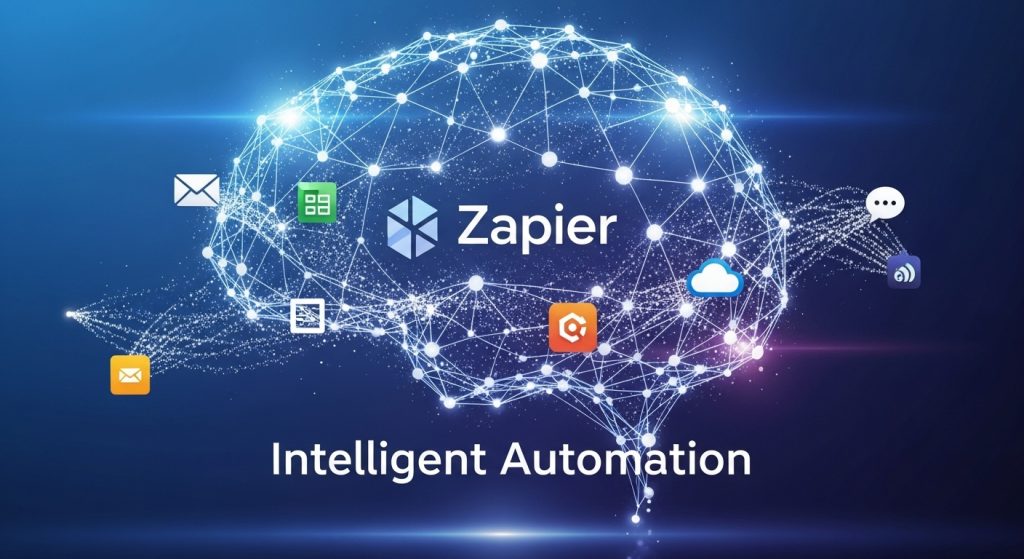
In a landscape where speed and precision define success, tech companies face an ongoing challenge: doing more in less time without sacrificing quality.
By 2025, automation is no longer just about writing scripts — it’s about connecting teams, tools, and processes across the entire organization.
At the center of this evolution stands Zapier, the workflow automation platform that connects thousands of apps without the need for coding.
Automation as part of the quality cycle
Software quality now depends as much on operational efficiency as on code reliability.
QA teams are increasingly using Zapier to connect tools like TestRail, Jira, Slack, ClickUp, and Google Sheets, automating key tasks such as:
- Sending automatic Slack notifications when a test fails in TestRail.
- Creating Jira issues based on failed or unstable test results.
- Updating QA dashboards in Google Sheets or Data Studio.
- Notifying product or support teams automatically when high-impact issues are detected.
With these automations, teams achieve faster communication, fewer manual errors, and smoother coordination across departments.
Benefits for QA, development, and MSPs
- Elimination of repetitive work: automation frees up time for analysis and innovation.
- Full integration: QA, DevOps, and management teams share real-time data.
- Increased visibility: automatic reports and dashboards drive data-based decision-making.
- Scalability without coding: anyone can design and modify automations easily.
For MSPs (Managed Service Providers), Zapier adds even more value — by automating reports, alerts, and client communications, service efficiency and response times improve dramatically.
AI and Zapier: the new productivity duo
In 2025, Zapier integrates AI-powered automation, allowing users to create workflows by simply describing them in natural language.
For example:
“When a Jira ticket is closed, summarize it in Google Docs and send it to Slack.”
Zapier automatically builds the entire flow — connecting APIs, defining triggers, and executing actions.
This marks a new stage of accessible, intelligent, and adaptive automation for QA and beyond.
Conclusion
The future of automation lies in connectivity and smart collaboration.
Zapier allows QA, development, and operations teams to work as one, automating communication and streamlining testing processes.
The outcome: faster workflows, fewer bottlenecks, and smarter, higher-quality software delivery.

